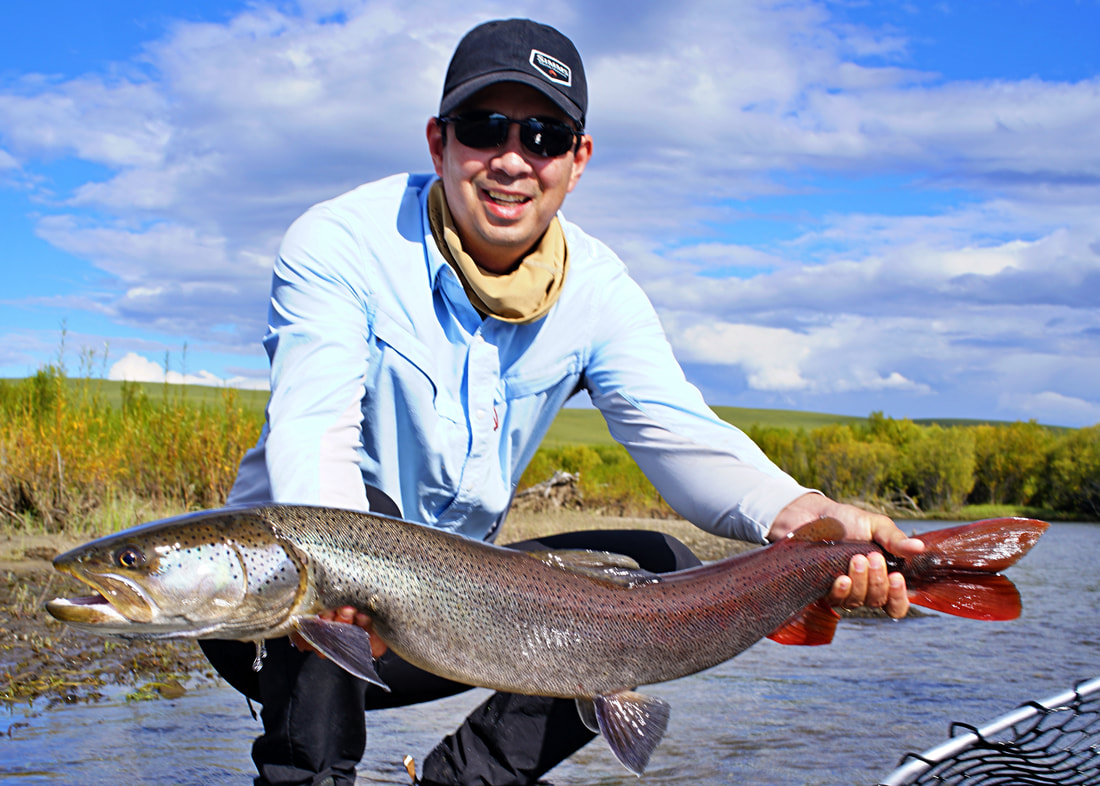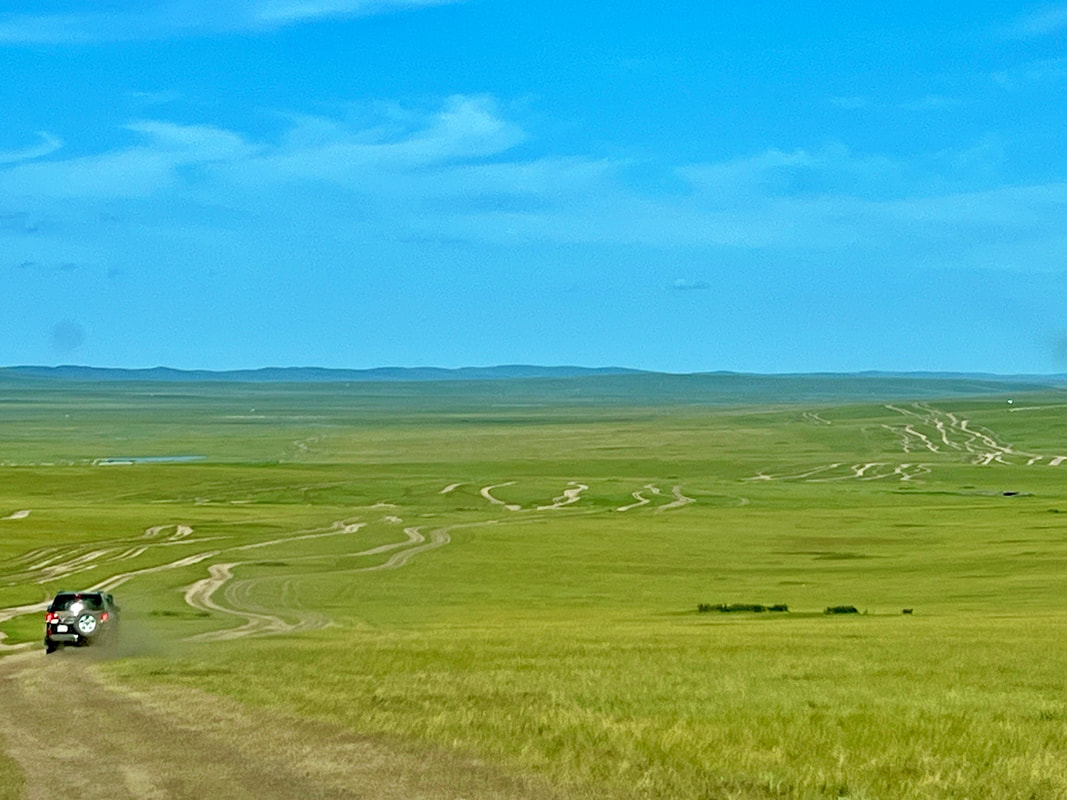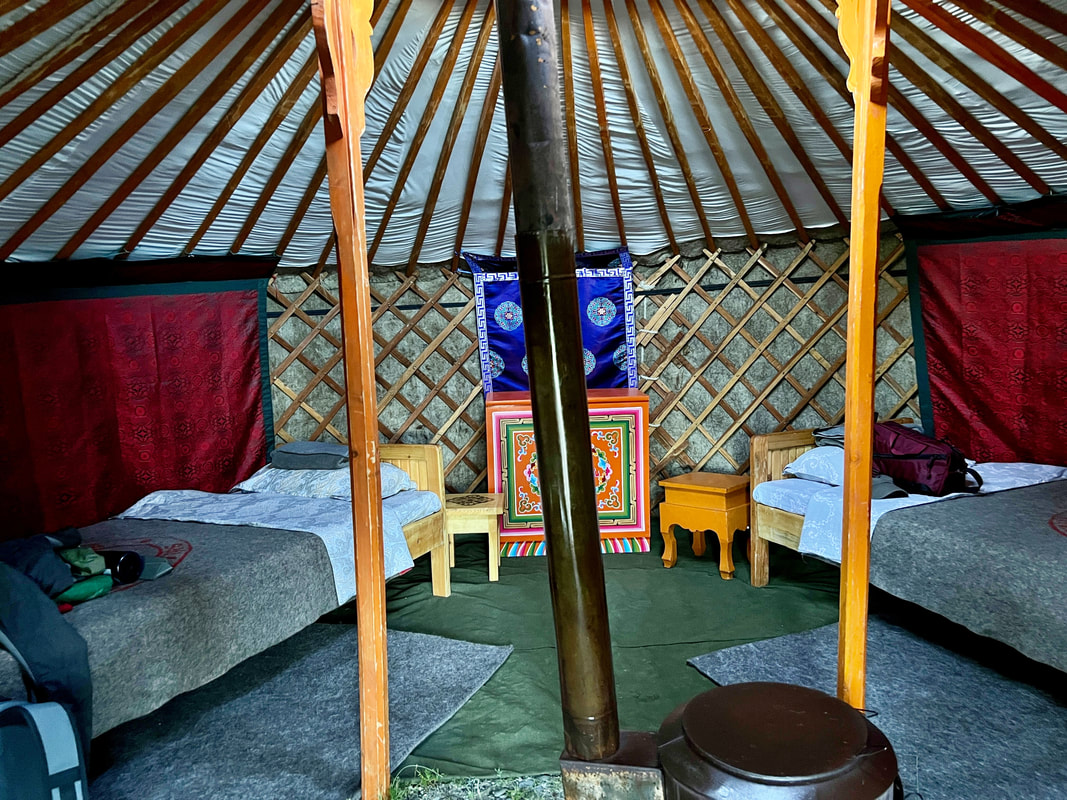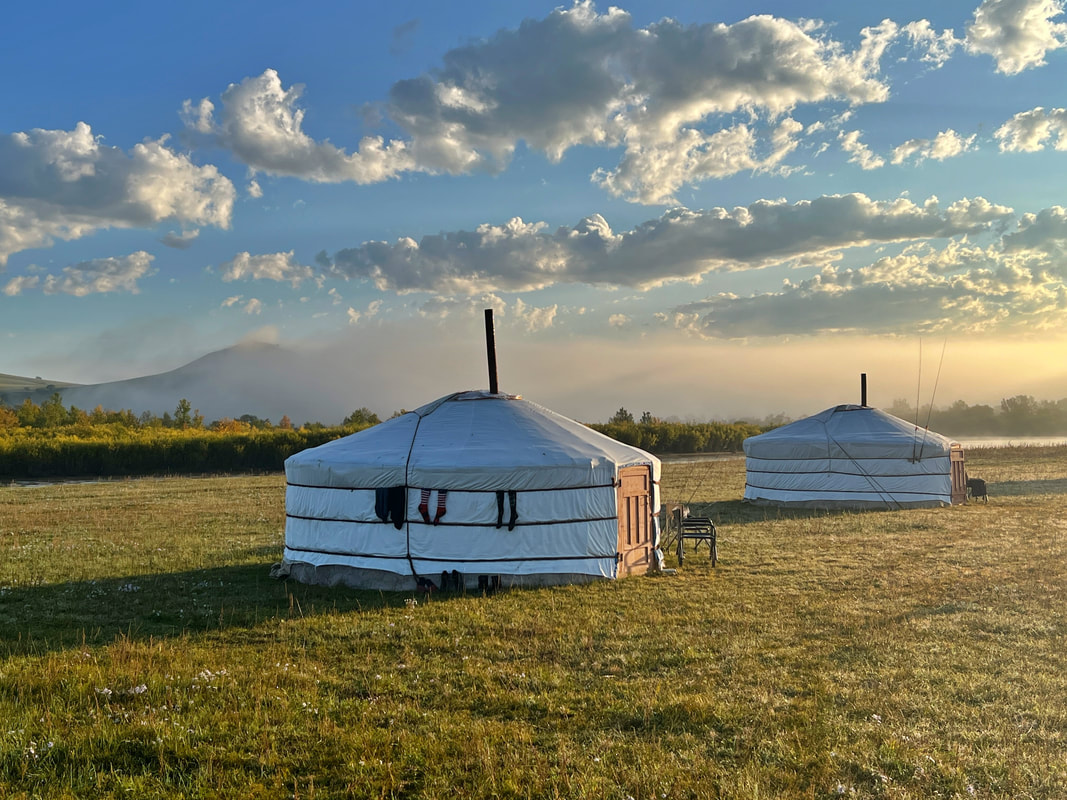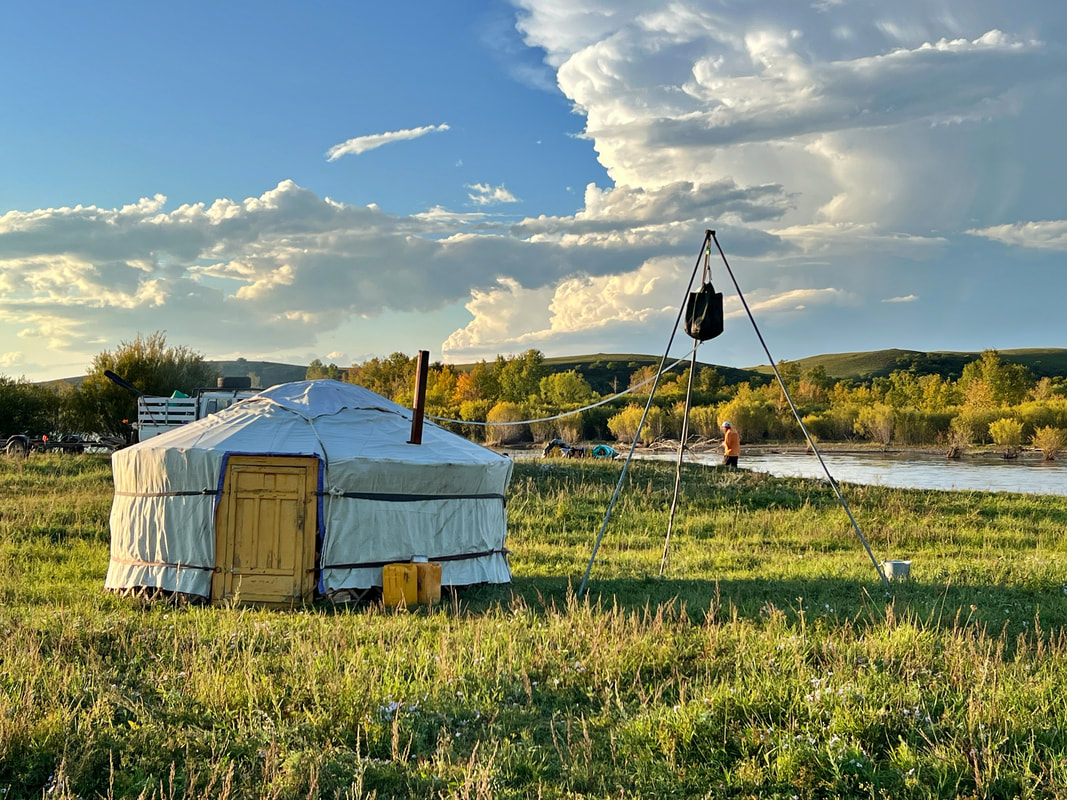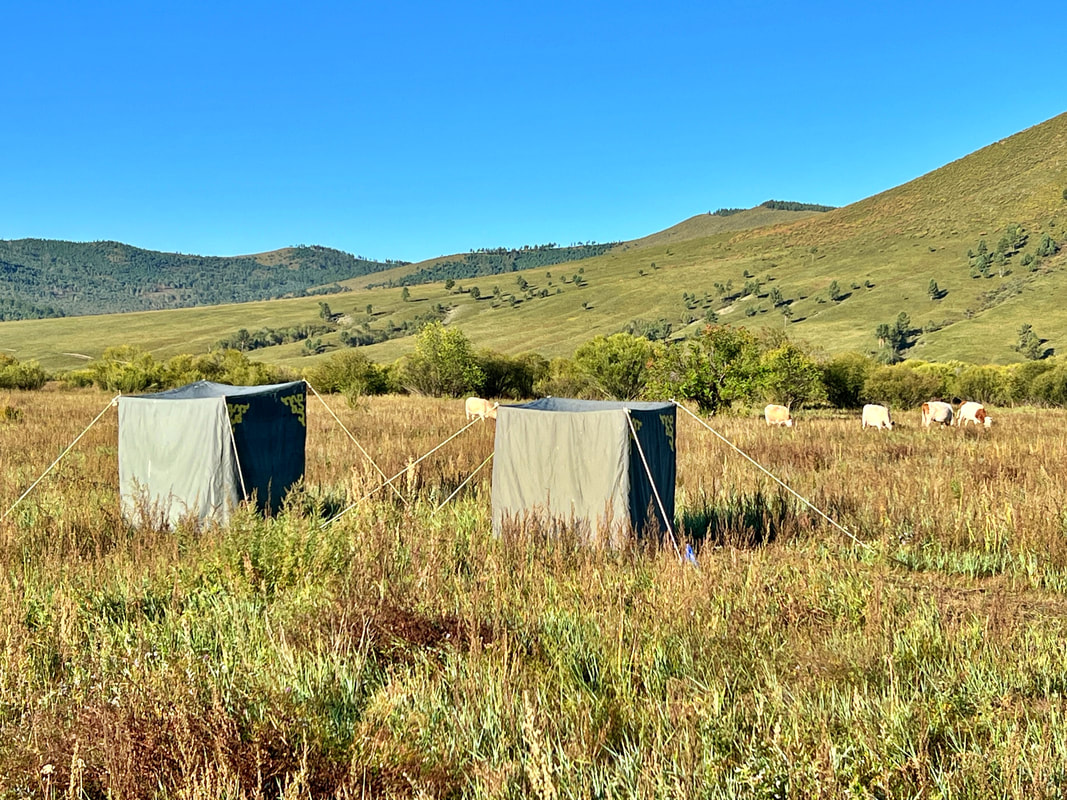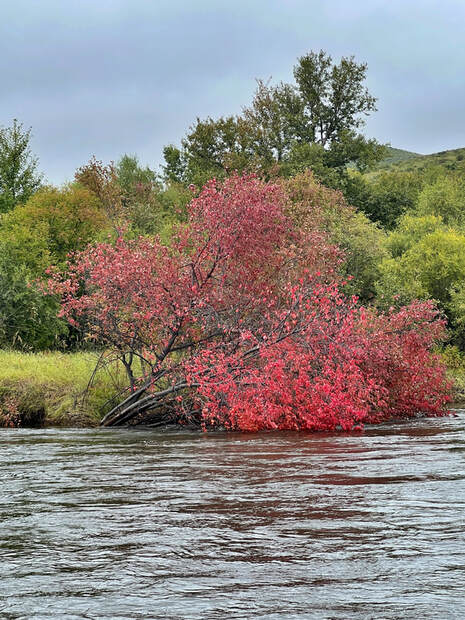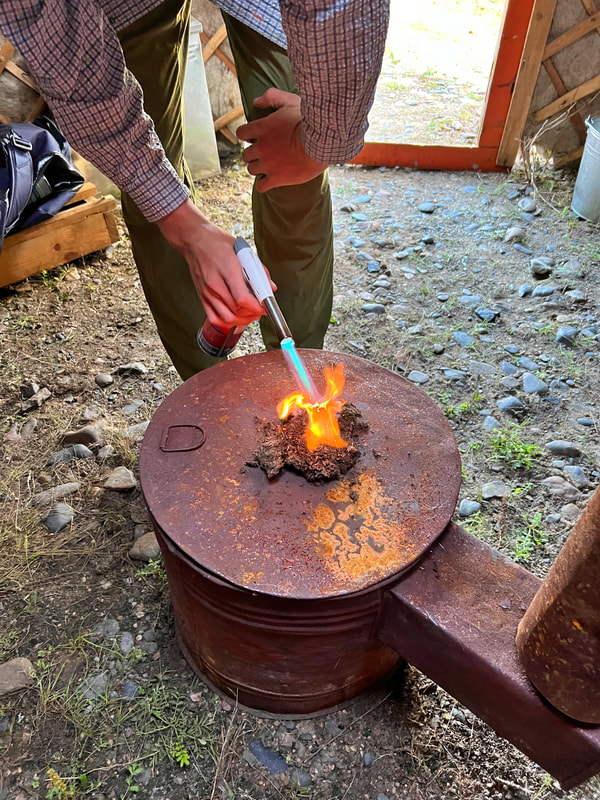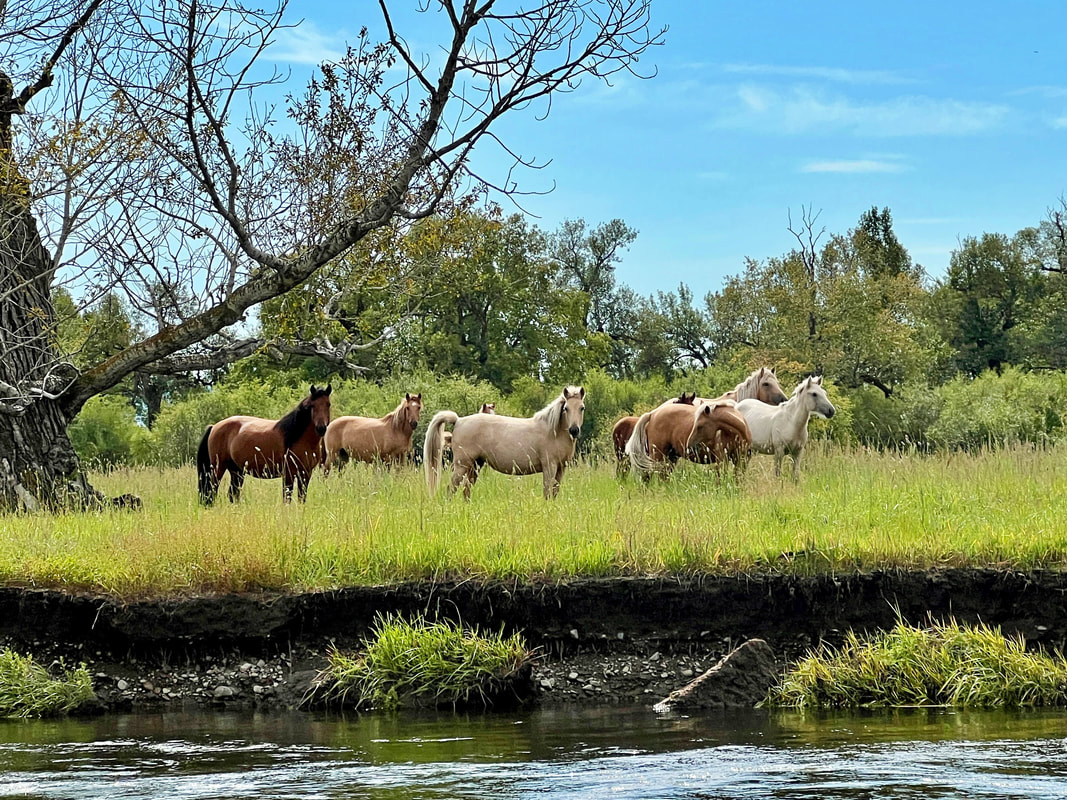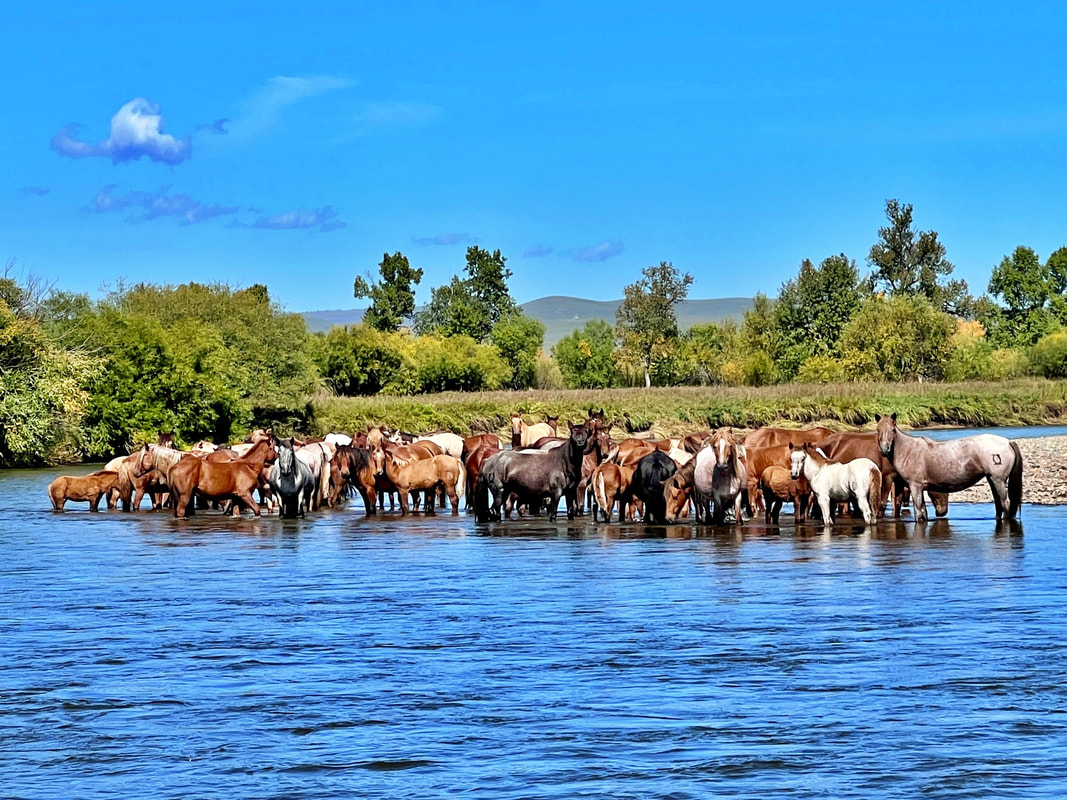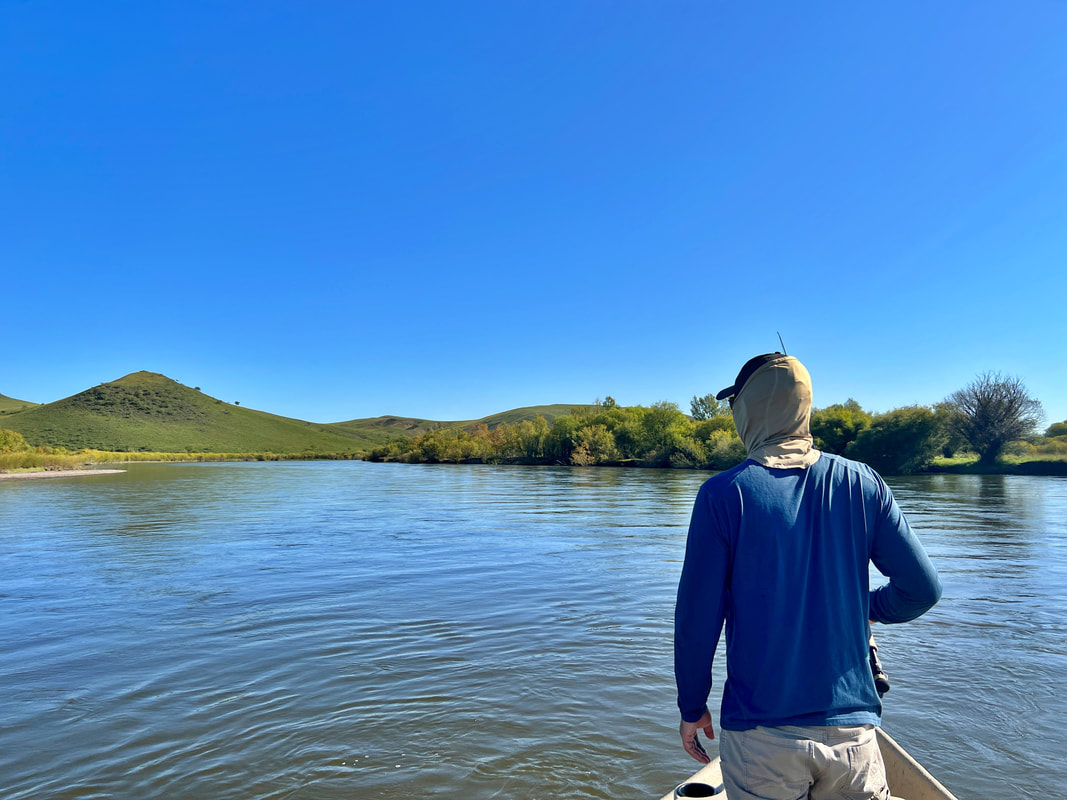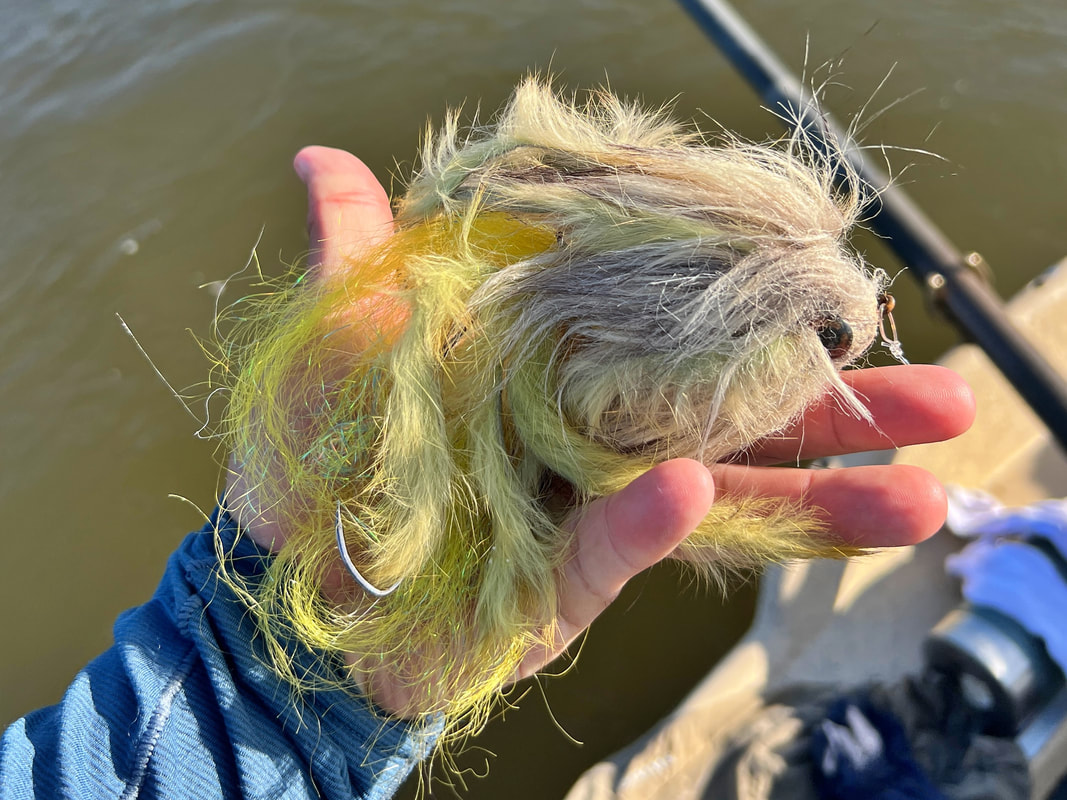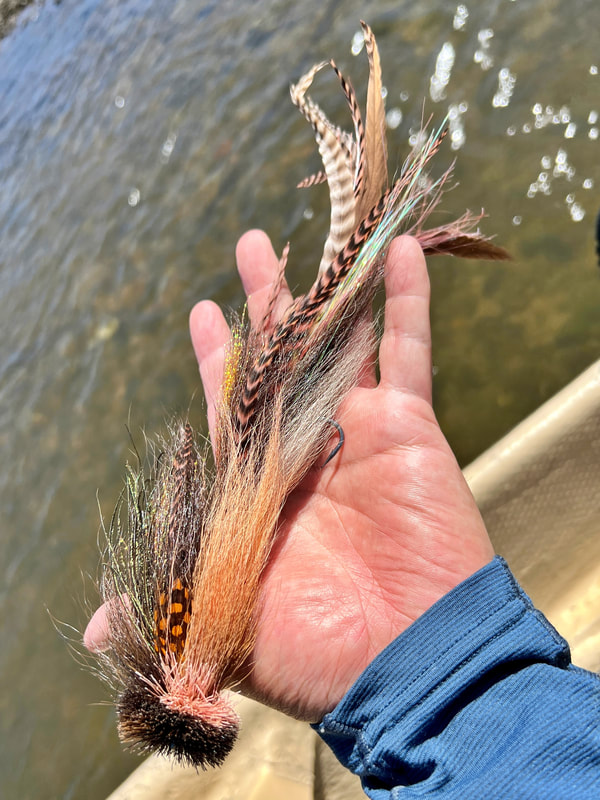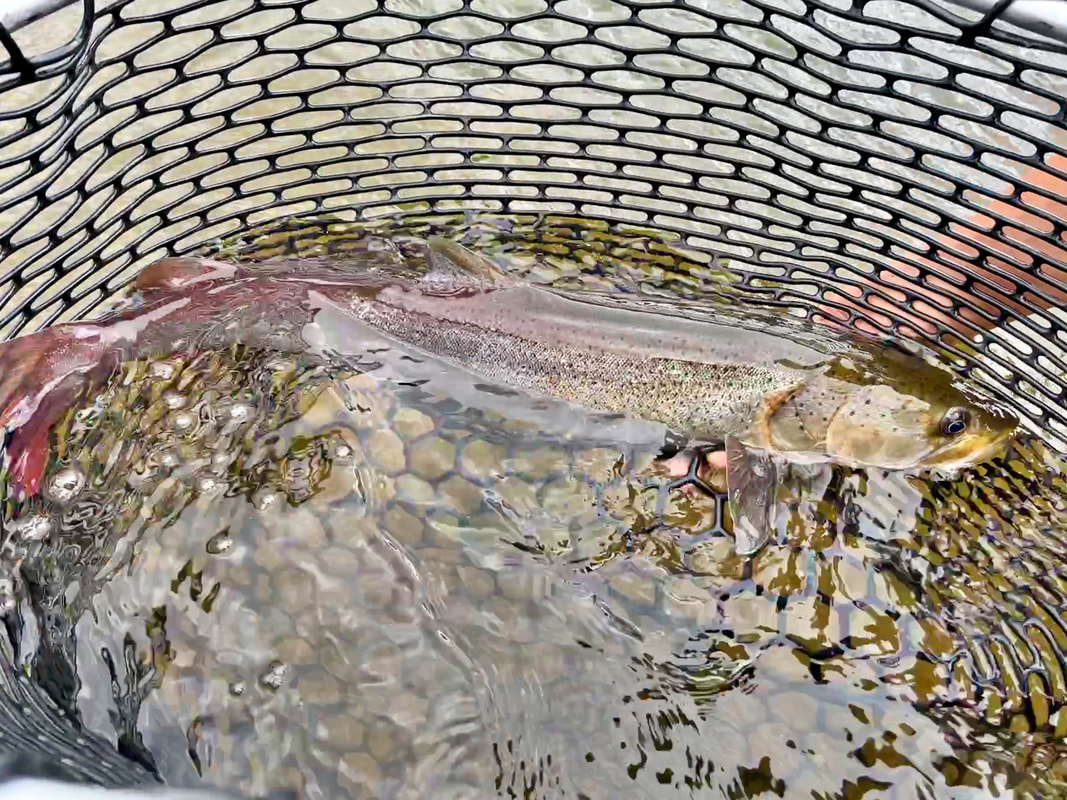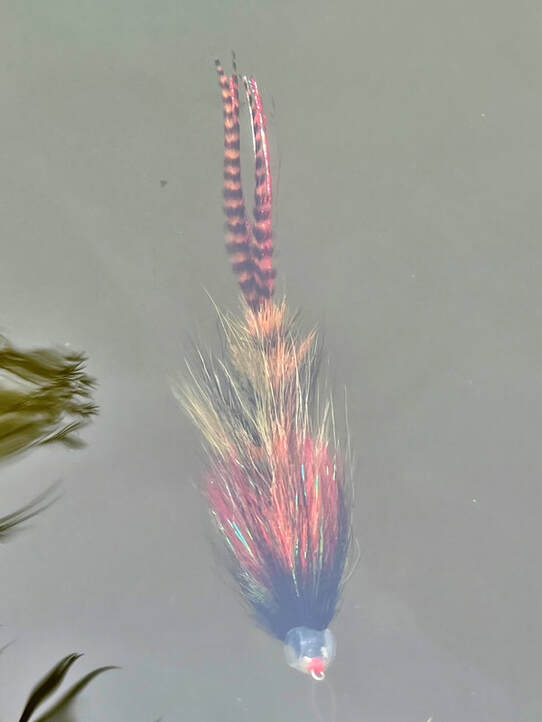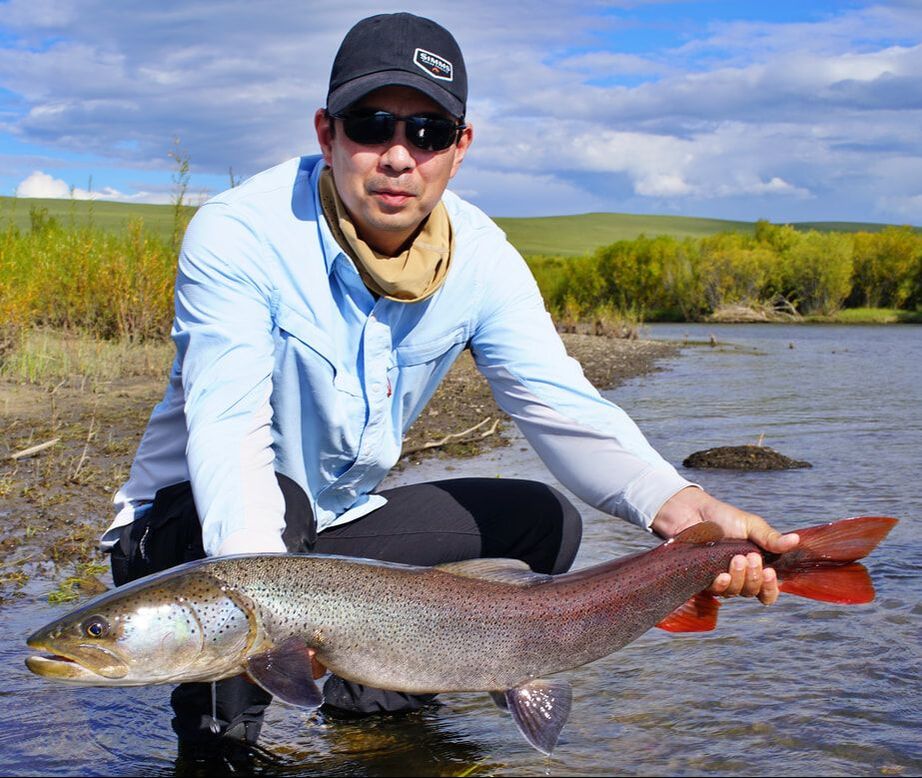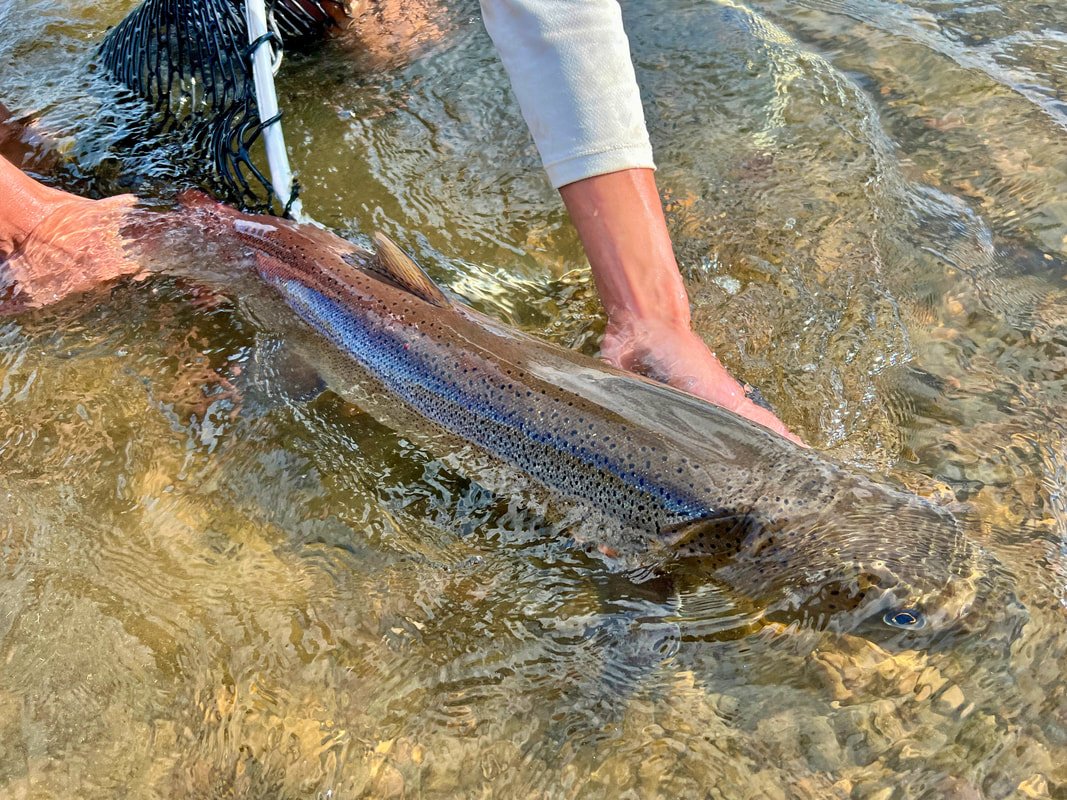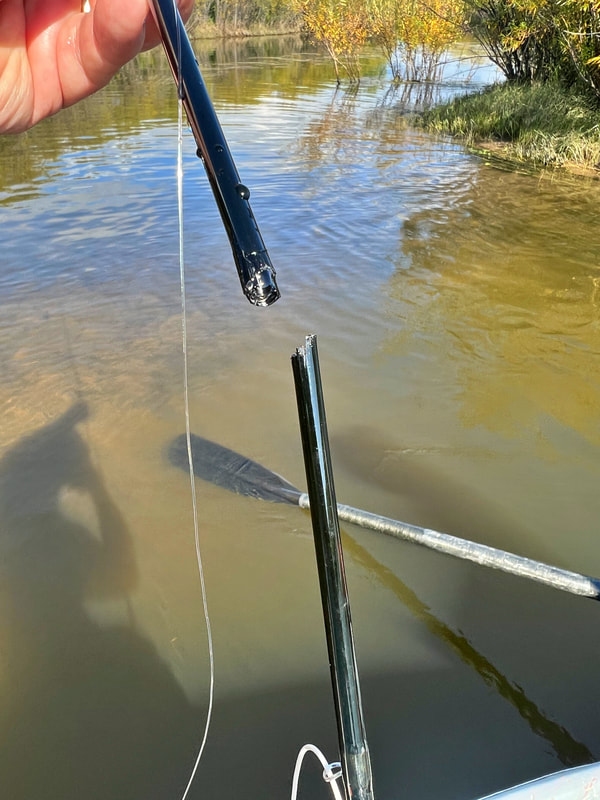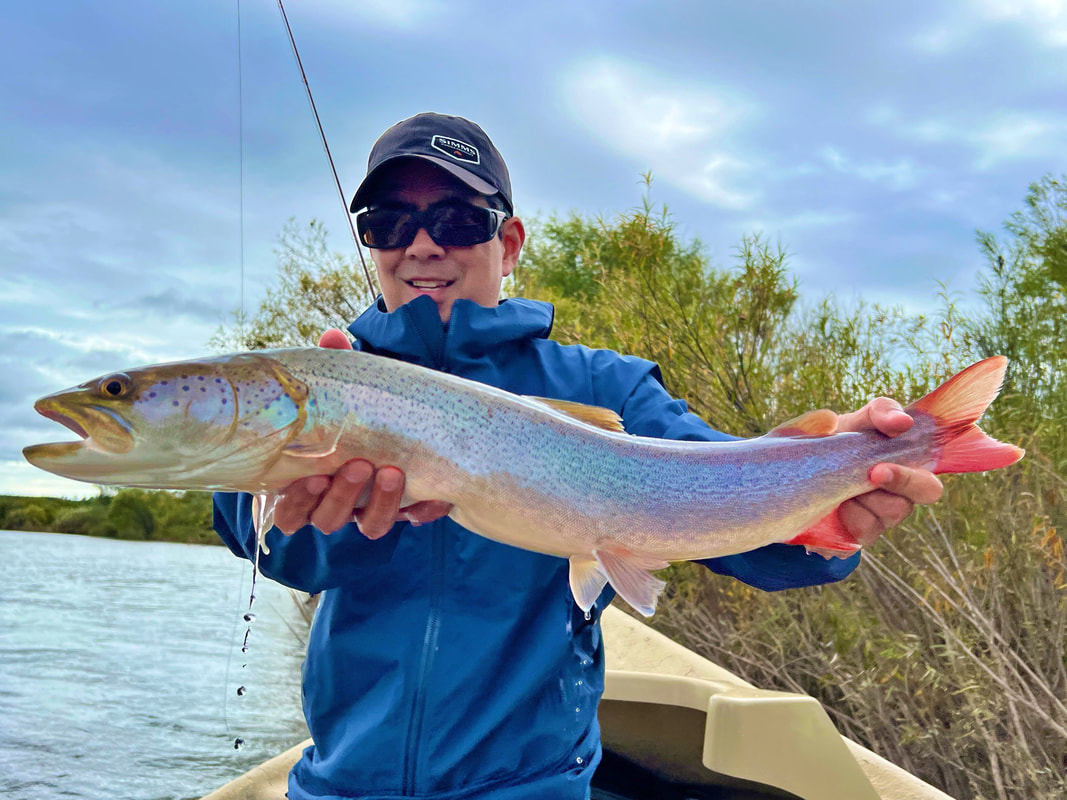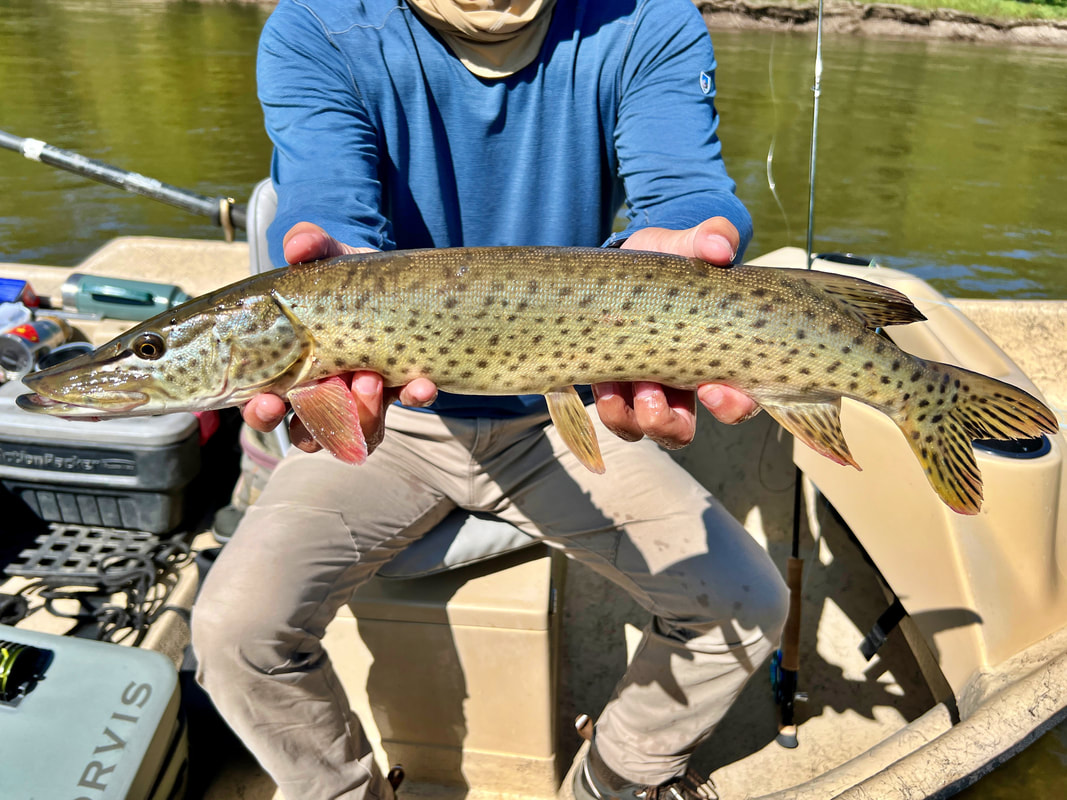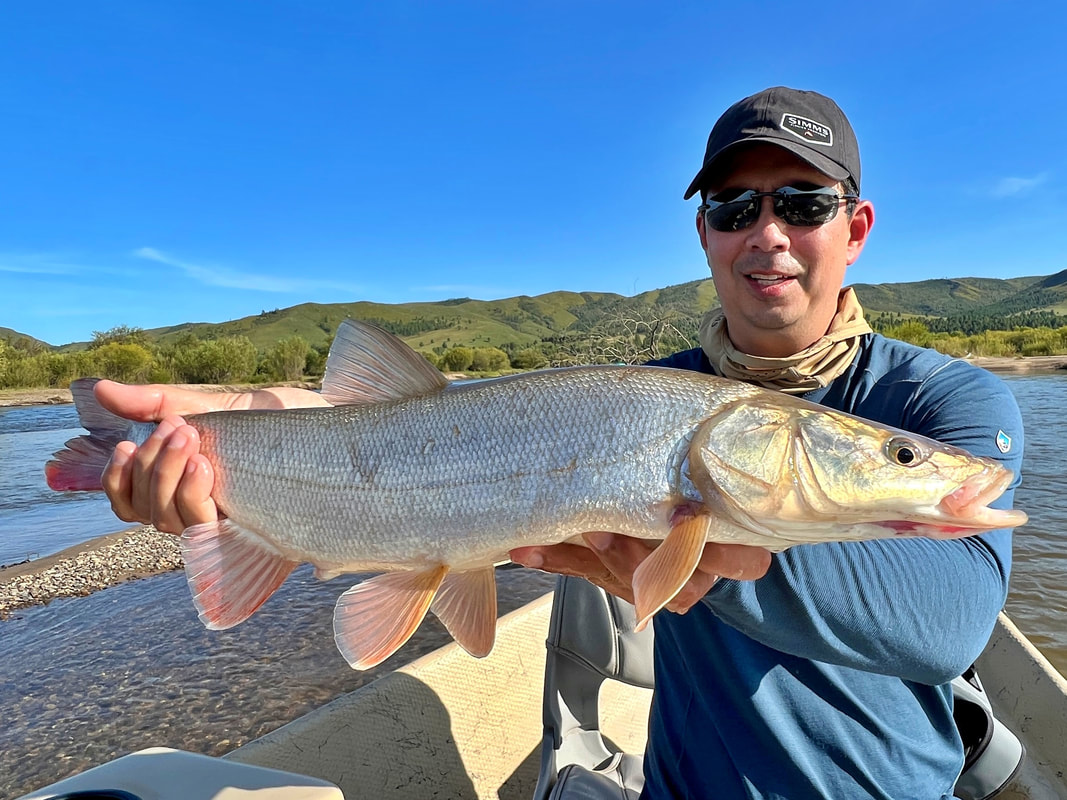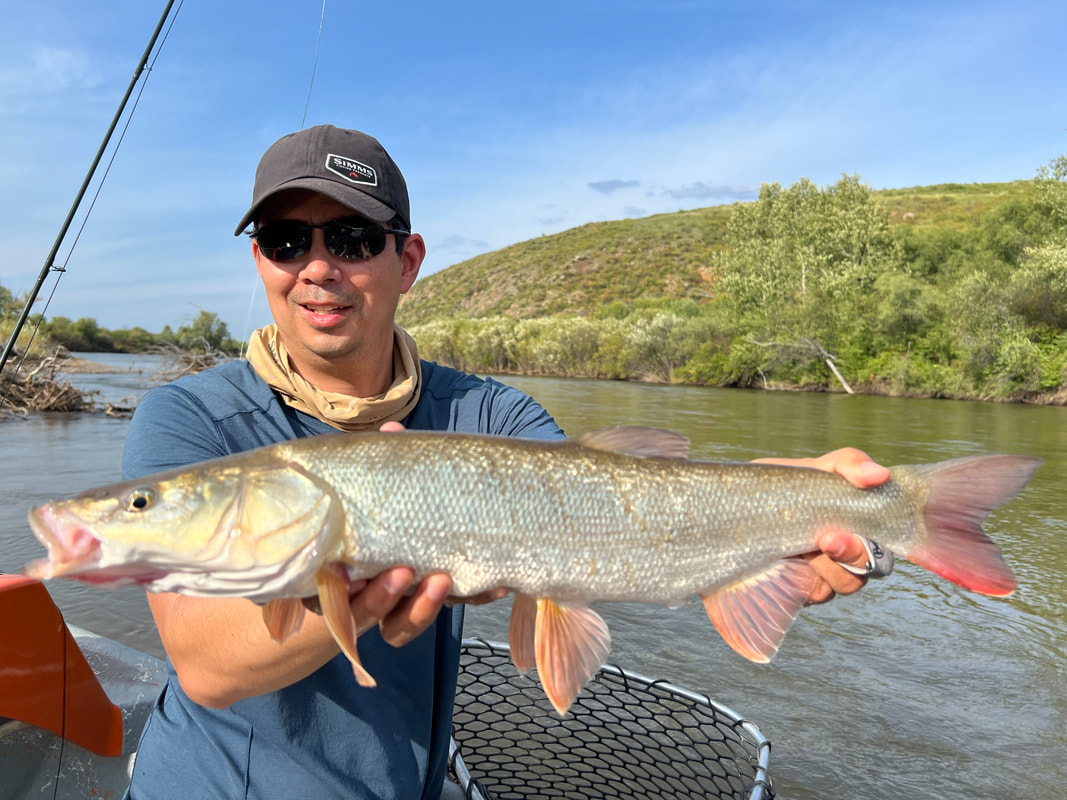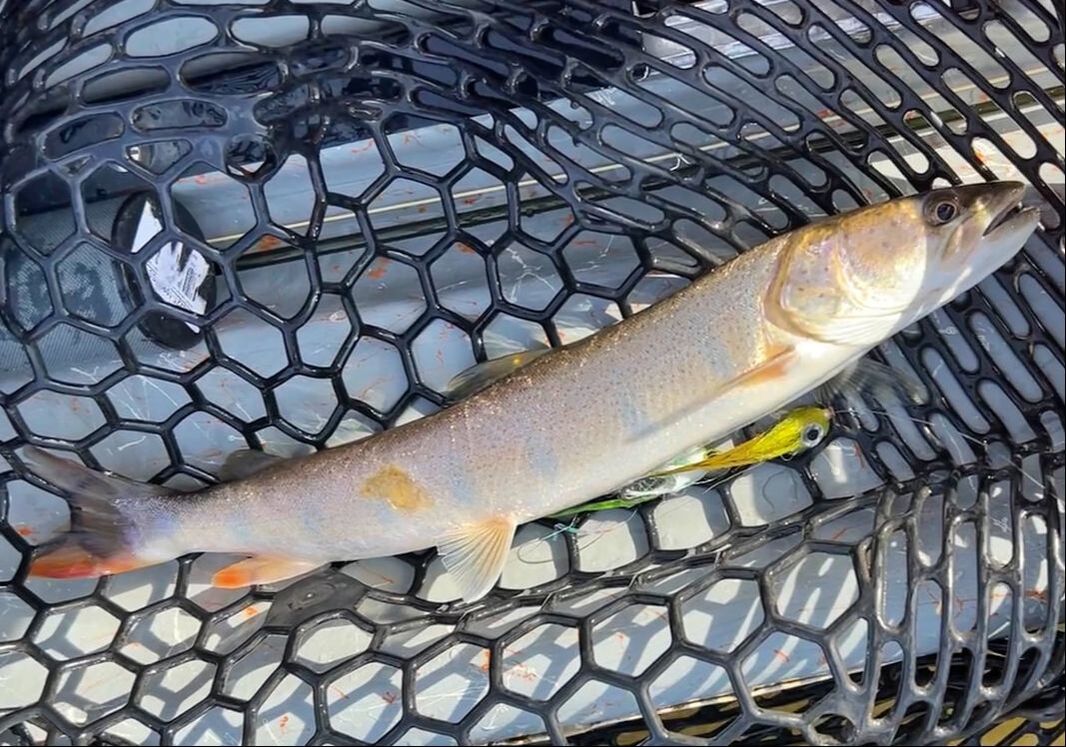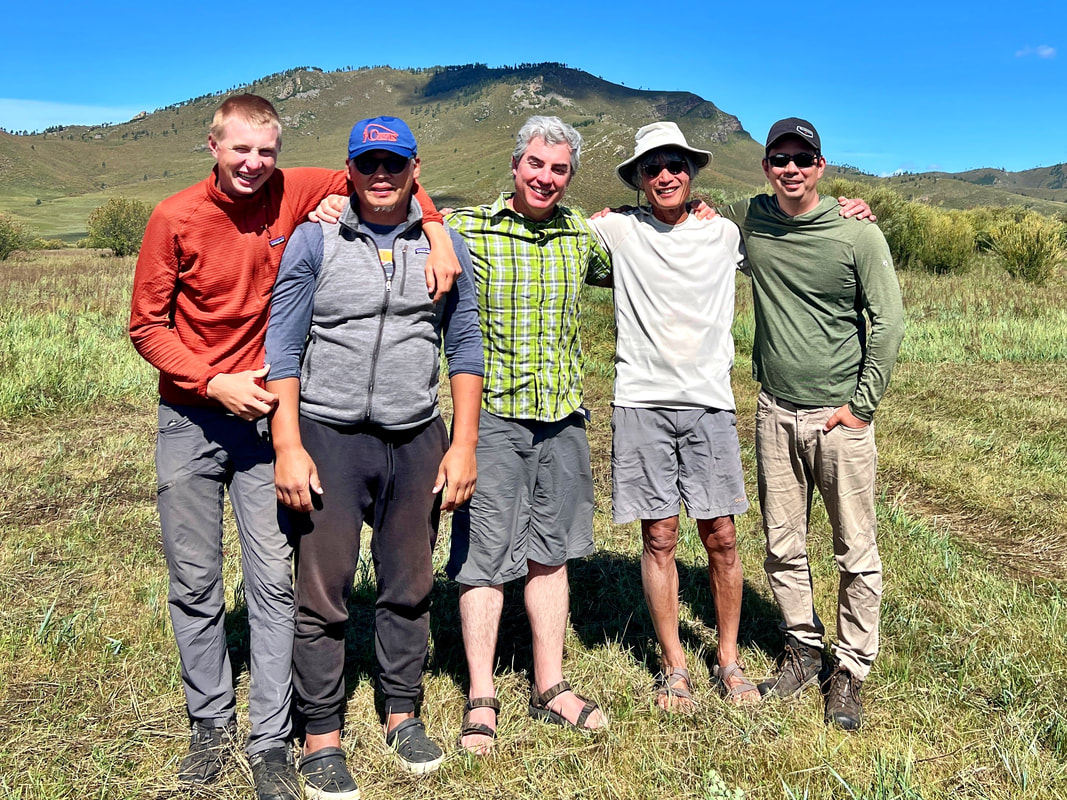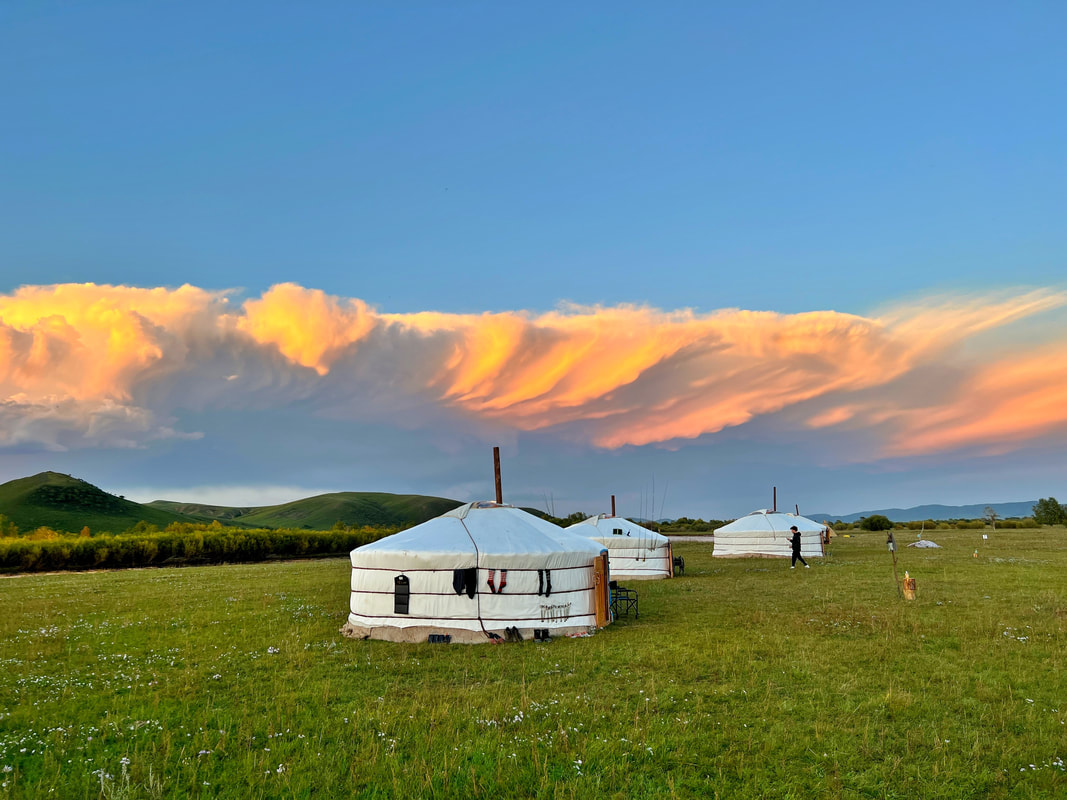Onon River, Mongolia
Fishing Report
September 2023
I first thought of going to Mongolia in high school. I saw an article in Field and Stream magazine that had a picture of a man hooked up to a fish that looked like an absurdly large trout. The water was crystal clear and you could see the fish swimming next to the man, and it looked about the same size as him. The article said the fish was called a Taimen, and that it was the largest member of the salmonid family. It also said that the best fishing for these magnificent fish was found in Mongolia. At that point, I knew I wanted to try to get to Mongolia someday to try for these fish.
Thirty years later, I got the chance. The trip out to the Mongolian capital of Ulaanbaatar was long but not overly arduous. I learned on the way that Mongolia is the least densely populated country in the world, and that Ulaanbaatar is the coldest national capital in the world. Much of the southern part of Mongolia is dominated by the Gobi Desert, which helps explain the lack of people. I went to the northern part, and outside of Ulaanbaatar saw very few people.
During the Soviet era in Mongolia, the memory of Genghis Khan was suppressed, but you can’t keep a good conqueror down for long and he has made a big comeback since the advent of democracy in Mongolia. His name is everywhere now, and there are museums, monuments, and statues dedicated to him including this one in the main square of the capital.
Fishing Report
September 2023
I first thought of going to Mongolia in high school. I saw an article in Field and Stream magazine that had a picture of a man hooked up to a fish that looked like an absurdly large trout. The water was crystal clear and you could see the fish swimming next to the man, and it looked about the same size as him. The article said the fish was called a Taimen, and that it was the largest member of the salmonid family. It also said that the best fishing for these magnificent fish was found in Mongolia. At that point, I knew I wanted to try to get to Mongolia someday to try for these fish.
Thirty years later, I got the chance. The trip out to the Mongolian capital of Ulaanbaatar was long but not overly arduous. I learned on the way that Mongolia is the least densely populated country in the world, and that Ulaanbaatar is the coldest national capital in the world. Much of the southern part of Mongolia is dominated by the Gobi Desert, which helps explain the lack of people. I went to the northern part, and outside of Ulaanbaatar saw very few people.
During the Soviet era in Mongolia, the memory of Genghis Khan was suppressed, but you can’t keep a good conqueror down for long and he has made a big comeback since the advent of democracy in Mongolia. His name is everywhere now, and there are museums, monuments, and statues dedicated to him including this one in the main square of the capital.
There is also this absurdly large one out in the countryside.
I stayed the night at the Bayangol hotel. It was built during the Soviet times, and is a good example of the “bland rectangle” style of Soviet-era architecture. The hotel was badly in need of some upgrading and my room smelled like an ashtray, but I don’t go on these trips for the luxurious creature comforts and I slept fine. I should note that on the way back, I stayed one floor above where I stayed before and the room was much nicer and smelled fine. It was like I was in a different hotel.
The next morning I met the rest of the group (3 Americans and a couple from Kazakhstan) and we loaded up in SUVs for the 6 hour drive to the first camp (8 hours with stops). The first half of the trip was on paved road and the second half was dirt. We got a good view of the countryside in this area of Mongolia. It is very reminiscent of parts of Montana, but with far less people and almost no fences.
At around 5 pm we arrived at our destination, the Onon River. The Onon is where Temüjin (later known as Genghis Khan) was born and raised. It is incredible to think that the creator of one of the largest empires in the history of the world came from this rural area that still has very few inhabitants. I tried to picture the great Mongol horde galloping across the steppe on their way to conquer most of Asia, but it was hard to imagine where all those soldiers would have come from in such an empty place. The people who live there are still mostly nomadic herdsman, much like in ancient times.
Our camp consisted of a series of gers (the Mongolian yurt). We floated about 12 miles of river each day to a new camp, but they were all set up nearly identically. We slept two per ger and they were very spacious and comfortable for two people. There was no electricity at any of the camps, so we had to use solar chargers to keep our phones and cameras charged and satellite devices to communicate with home.
Our camp consisted of a series of gers (the Mongolian yurt). We floated about 12 miles of river each day to a new camp, but they were all set up nearly identically. We slept two per ger and they were very spacious and comfortable for two people. There was no electricity at any of the camps, so we had to use solar chargers to keep our phones and cameras charged and satellite devices to communicate with home.
We were very fortunate that the weather remained extremely pleasant throughout our trip (until the second half of the last day). That is far from a certainty in this part of the world, where temperatures below freezing are not uncommon in early September. However, we had warm and sunny days and I spent much more time in a t-shirt than in a jacket.
The only downside of the warm weather was the mosquitoes. They didn't bother us at all on the river, but were unfortunately quite prevalent in camp in the evenings. Horse dung was burned in the gers, and the smoke did a great job of repelling the mosquitoes. It works pretty well on humans too.
There were many animals along the river, particularly domestic ones like cows, sheep, goats, and horses. I did not see any fences in any of the lands near the river (or anywhere else) so they have the freedom to roam around although I'm sure they all belonged to people. Wolves are present near a couple of the camps, and I think I heard them one night. We saw two Minks fighting on the river bank one morning and several large birds of prey including Golden Eagles.
We had all come here to fish, and it was finally time to get down to business. The fishery on the Onon is heavily protected thanks to the efforts of Mongolia River Outfitters (https://mongoliarivers.com/), the company I went with (booked through The Fly Shop in Redding, California). This ensures that the Onon maintains one of the few healthy Taimen populations in the world.
Taimen are opportunistic feeders, and will eat nearly anything that swims in the river including fish, birds, and rodents. Back in the day, they were sometimes fished for using whole dead squirrels as bait. Nowadays, international anglers are only allowed to fly fish for Taimen using single barbless hooks. This helps ensure that every Taimen is released healthy.
Fly fishing for Taimen is not easy. Some of the flies are enormous, and difficult to cast accurately all day. Fortunately we did not have much wind until the last day, because getting whacked in the back of the head by a big errant streamer fly is no fun. Here are a couple examples of big Taimen flies.
Taimen are opportunistic feeders, and will eat nearly anything that swims in the river including fish, birds, and rodents. Back in the day, they were sometimes fished for using whole dead squirrels as bait. Nowadays, international anglers are only allowed to fly fish for Taimen using single barbless hooks. This helps ensure that every Taimen is released healthy.
Fly fishing for Taimen is not easy. Some of the flies are enormous, and difficult to cast accurately all day. Fortunately we did not have much wind until the last day, because getting whacked in the back of the head by a big errant streamer fly is no fun. Here are a couple examples of big Taimen flies.
Taimen are aggressive feeders and will often strike a fly multiple times. Sometimes, they will get hooked for a while, get off, and then turn right around and grab the fly again. I guess the hooks don't really bother them too much. You would think it would be easy to catch such an aggressive fish, but unfortunately they do not occur in great numbers anywhere so they are quite hard to catch. One of our guides said that their scientific studies have shown a density of only 10-15 adult fish per mile of river, and that is actually a healthy population level. With such a low density of fish, you have to make a lot of casts all day and hope your fly happens to land near one that wants to eat as you float down.
I actually got skunked the first day, although I did get some bites. The river was quite high and flowing fast, and that had a strong negative effect on the fishing. Many spots undoubtedly held Taimen but the water was flowing too fast and high over them to effectively present a fly. Still, persistent and accurate casting was occasionally rewarded.
The giant person-sized fish still exist, but they are very, very rare. The average size Taimen on this river is about 27 inches (the size of my first one) and a few over 50 inches are caught every year. Once they get over 35 inches or so they start to put on a lot of mass and get big and heavy.
I actually got skunked the first day, although I did get some bites. The river was quite high and flowing fast, and that had a strong negative effect on the fishing. Many spots undoubtedly held Taimen but the water was flowing too fast and high over them to effectively present a fly. Still, persistent and accurate casting was occasionally rewarded.
The giant person-sized fish still exist, but they are very, very rare. The average size Taimen on this river is about 27 inches (the size of my first one) and a few over 50 inches are caught every year. Once they get over 35 inches or so they start to put on a lot of mass and get big and heavy.
The fishing was very similar every day. We cast all day to every likely spot, and every once in a while would get a bite. These would range from the slightest bump on the fly that would not hook up to a full on savage attack that would almost yank the rod out of my hand. As with all big streamer fishing, a strip set is key. If you jerk the rod up like a regular hookset, you will not get the hook in the Taimen's bony mouth. After growing up bass fishing, it was extremely hard to resist the urge to set the hook with the rod. It is such an ingrained reflex, and I spent a good portion of every day reminding myself to strip the line rather than lift the rod. I thought about it so much that one night I was dreaming I was fishing and got a bite and I strip set hard in my dream which resulted in me hitting myself in the face with my hand and waking myself up.
Taimen fishing can be challenging mentally, as hours can go by without a strike, but you always have to be ready to immediately react with a couple hard strip strikes if you do get a bite. A split second of distraction or hesitation can be the difference between a great day landing the fish of a lifetime and a bad day catching nothing. Our guides were all very experienced and very good, and very helpful in pointing out likely spots to cast.
The most exciting stretch of fishing came on the third day. My fishing partner and I were casting to a nondescript stretch of willow bank. We had gone a long time without a bite, and were starting to doubt whether there were any Taimen around. All of a sudden, a Taimen jumped completely out of the water with my partner's fly as soon as it hit the water. Our guide rowed furiously away to not further disturb the spot, and after a fun battle my partner landed the fish. We released it and rowed back to the same spot and he cast again to the exact same place and immediately another fish jumped completely out of the water with his fly. I had cast behind him and hooked up at almost the exact same time. His fish managed to spit the fly out, but I landed what would be my largest fish of the trip. What an absolute beauty.
Taimen fishing can be challenging mentally, as hours can go by without a strike, but you always have to be ready to immediately react with a couple hard strip strikes if you do get a bite. A split second of distraction or hesitation can be the difference between a great day landing the fish of a lifetime and a bad day catching nothing. Our guides were all very experienced and very good, and very helpful in pointing out likely spots to cast.
The most exciting stretch of fishing came on the third day. My fishing partner and I were casting to a nondescript stretch of willow bank. We had gone a long time without a bite, and were starting to doubt whether there were any Taimen around. All of a sudden, a Taimen jumped completely out of the water with my partner's fly as soon as it hit the water. Our guide rowed furiously away to not further disturb the spot, and after a fun battle my partner landed the fish. We released it and rowed back to the same spot and he cast again to the exact same place and immediately another fish jumped completely out of the water with his fly. I had cast behind him and hooked up at almost the exact same time. His fish managed to spit the fly out, but I landed what would be my largest fish of the trip. What an absolute beauty.
Across all 6 days, I averaged 5 Taimen strikes, with 2 decent hookups and 1 landed per day. There were some heartbreaks, such as on the second to last day when I hooked up to an absolute beast and as I started to fight it my new fly rod exploded. Unfortunately high end fly rods are light and strong when pulled on but also quite brittle, so either there was a defect in the blank or it had taken a hit of some kind in that spot earlier that had weakened it. The fish was actually still there even after the rod broke and gave it a bunch of slack, which means I had gotten a good hookset, but when I tried to handline it in it managed to spit the hook. Taimen are very adept at unhooking themselves, especially when the hooks are barbless. I would have happily broken the rod to catch that monster (it has a good warranty), but I lost both the rod and the fish. That was, by far, the low point of the trip.
There were some other species to catch besides Taimen, which added to the action a bit. We spent almost no time specifically fishing for them, but once in a while one would jump on a Taimen fly. This was especially true in the second half of the trip when I switched to this smaller Taimen fly. It was easier to cast (my hand was getting really sore) and got just as many strikes from Taimen as the larger flies. The largest fish I hooked that got away was hooked on this smaller fly.
One species we encountered was the Amur Pike, a fairly rare relative of the Northern Pike that are common in North America and Europe. I only landed one fairly small one, but hooked some bigger ones that got away.
Another species I caught was the Asp. I had never heard of this fish before this trip, which does not happen often as I spend a lot of time researching gamefish around the world. Two of the three I caught were apparently quite large for this species. I was the only person in the group to catch one and I caught three, probably because I started using the smaller fly.
All too soon, it was time to leave. On the way back we experienced the full might of Ulaanbaatar rush hour traffic. Our driver estimated it would take us an hour to drive the 6 km from the domestic airport to the hotel, and it ended up taking double that. It took us 40 minutes just to drive the last mile. I think that is the worst traffic I have ever been in, and apparently quite common.
I want to give a shoutout to Mongolia River Outfitters, which runs an excellent operation in a place where logistics are very challenging. They are also helping to keep the rivers clean and beautiful so that special and vulnerable species such as Taimen can thrive. I feel privileged to have been able to visit such a place.
I want to give a shoutout to Mongolia River Outfitters, which runs an excellent operation in a place where logistics are very challenging. They are also helping to keep the rivers clean and beautiful so that special and vulnerable species such as Taimen can thrive. I feel privileged to have been able to visit such a place.
